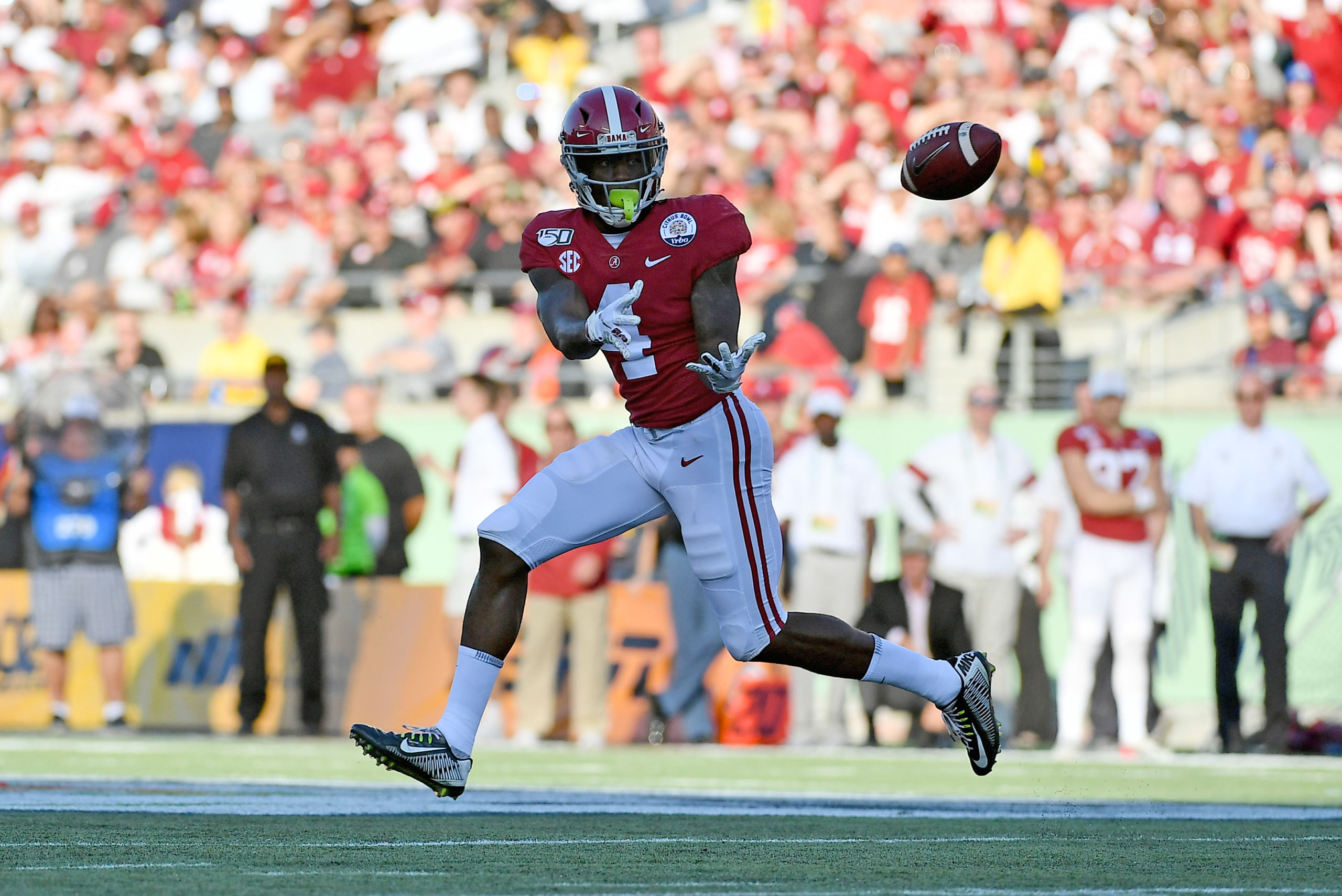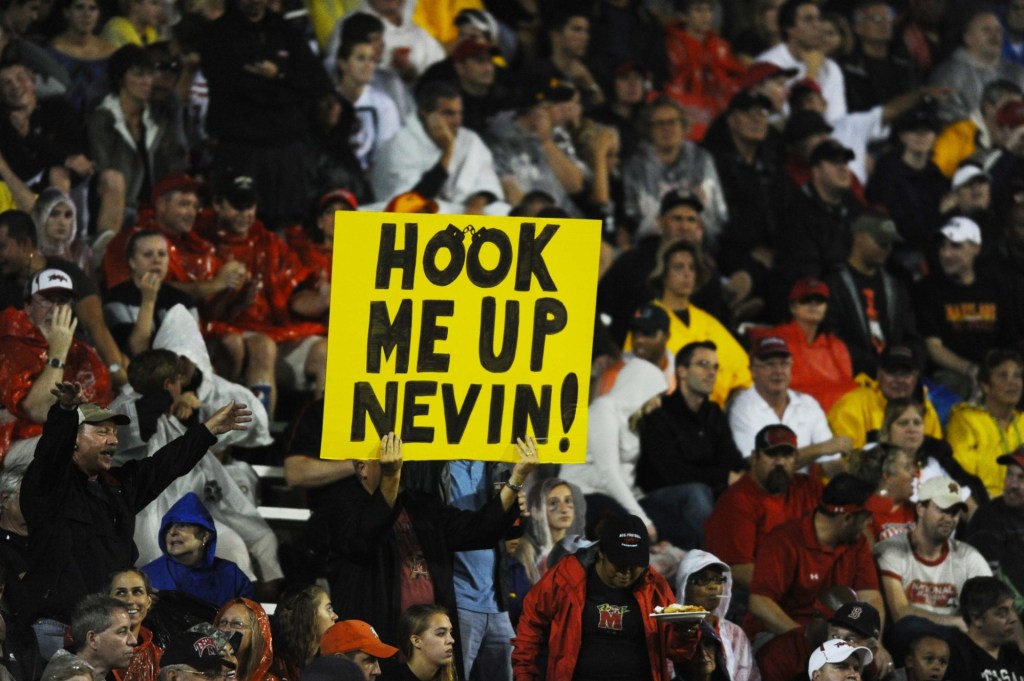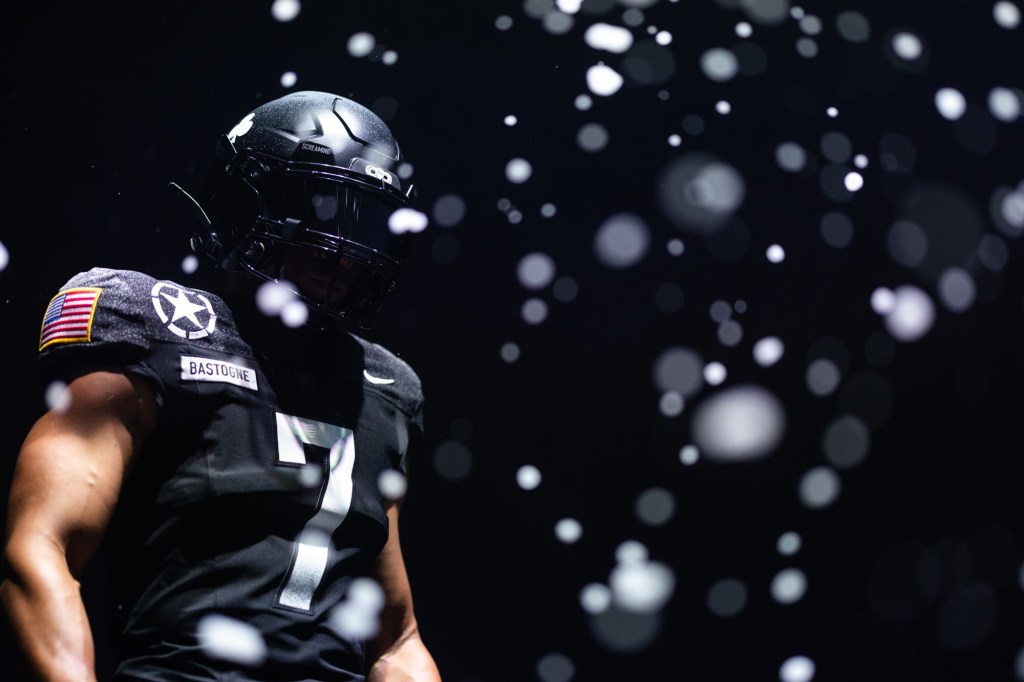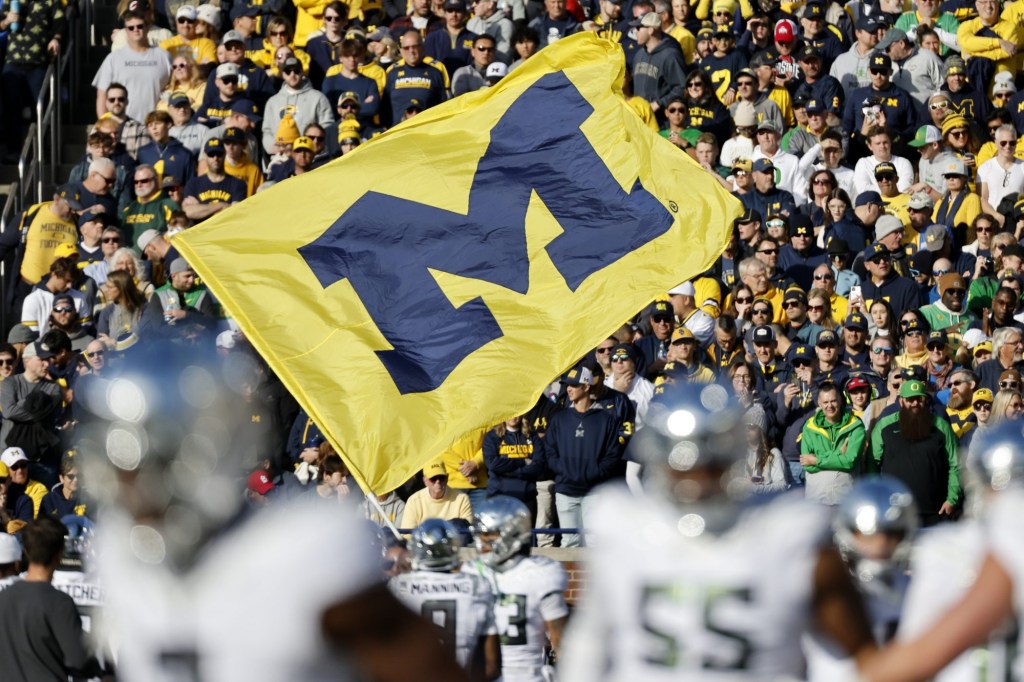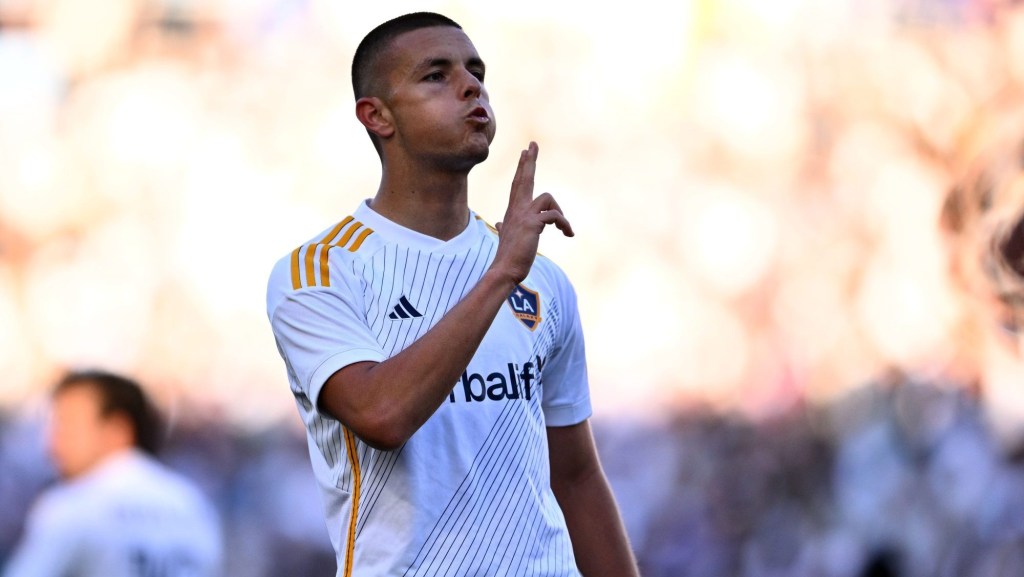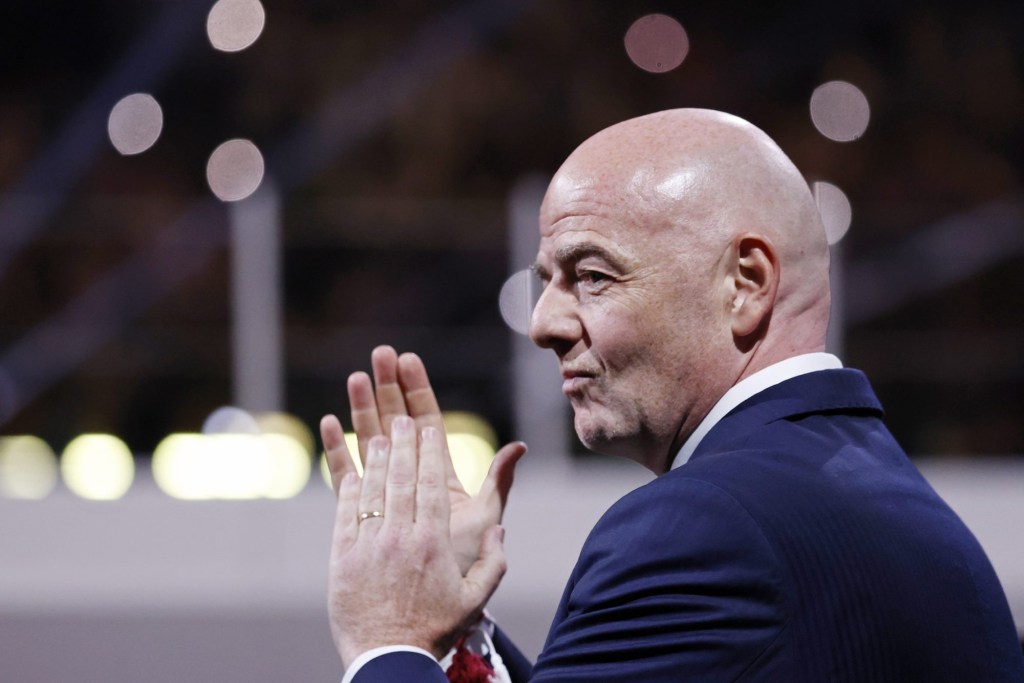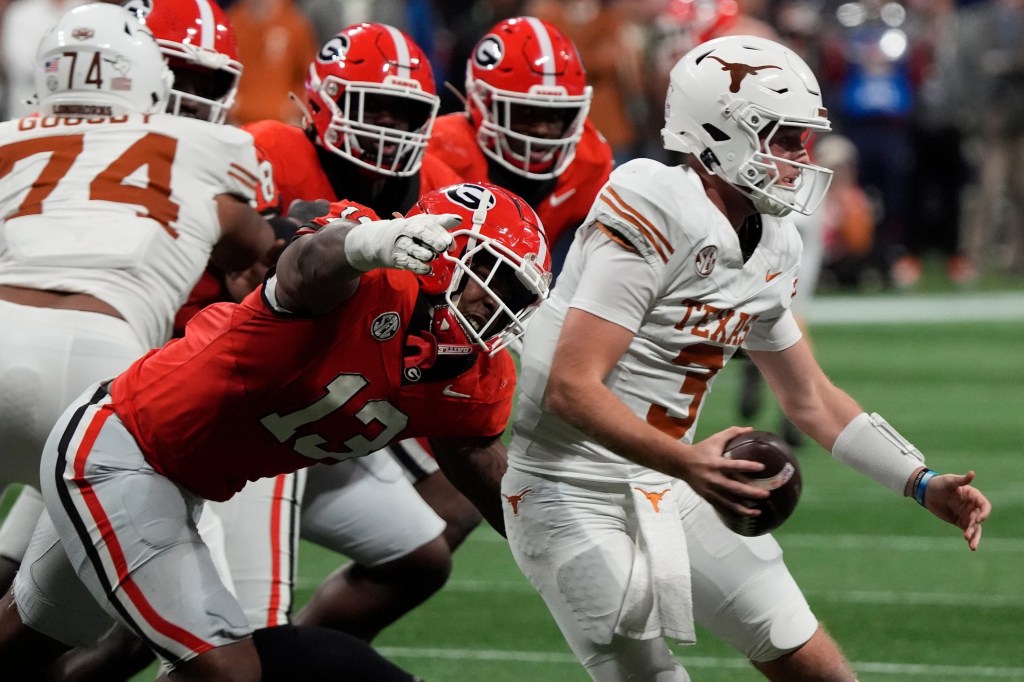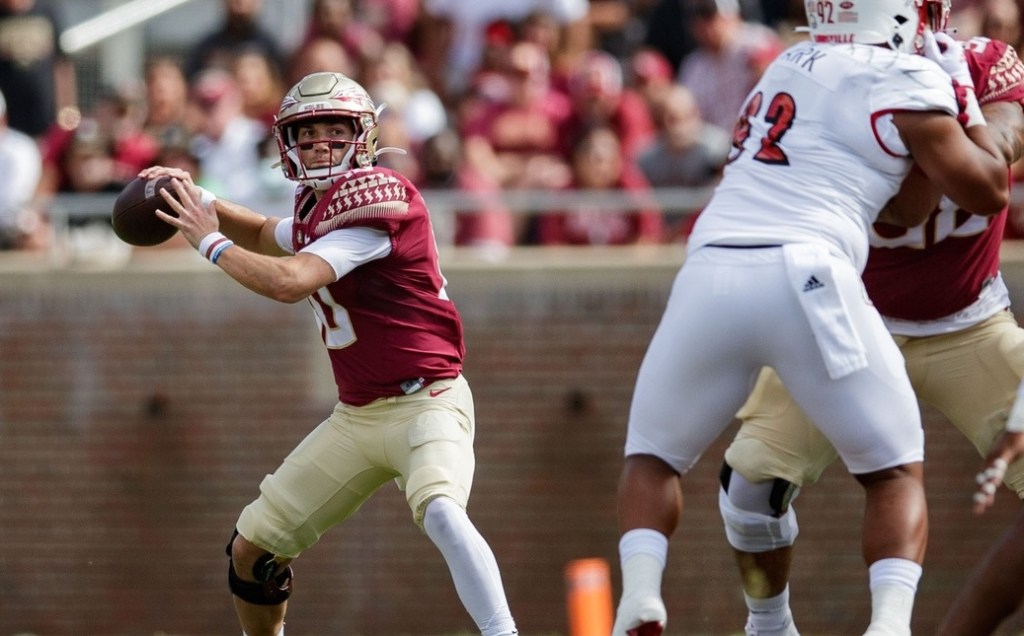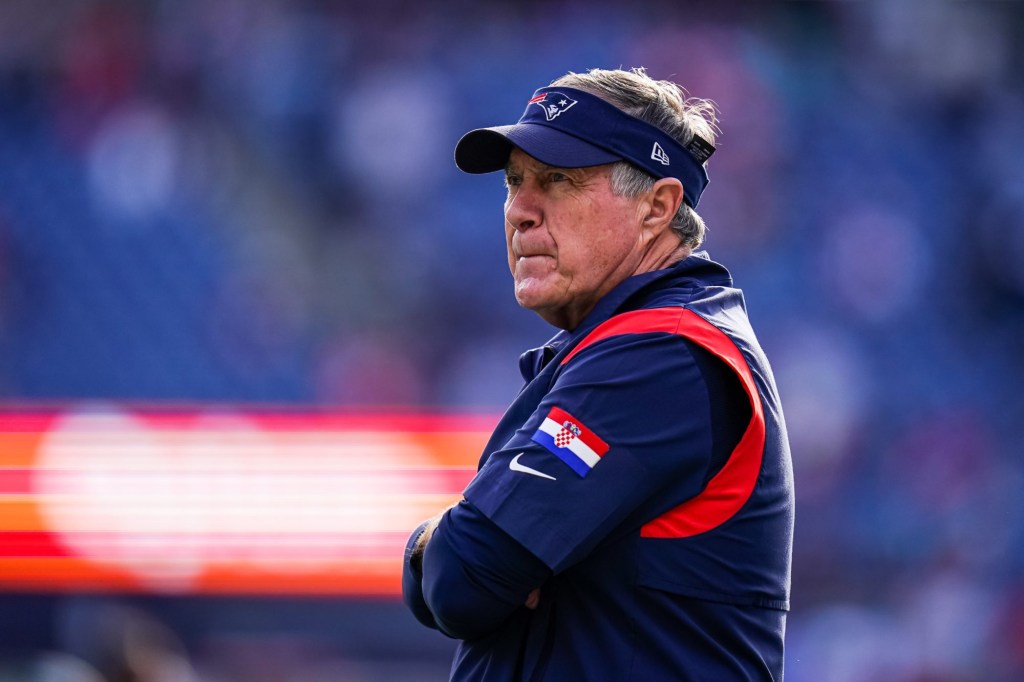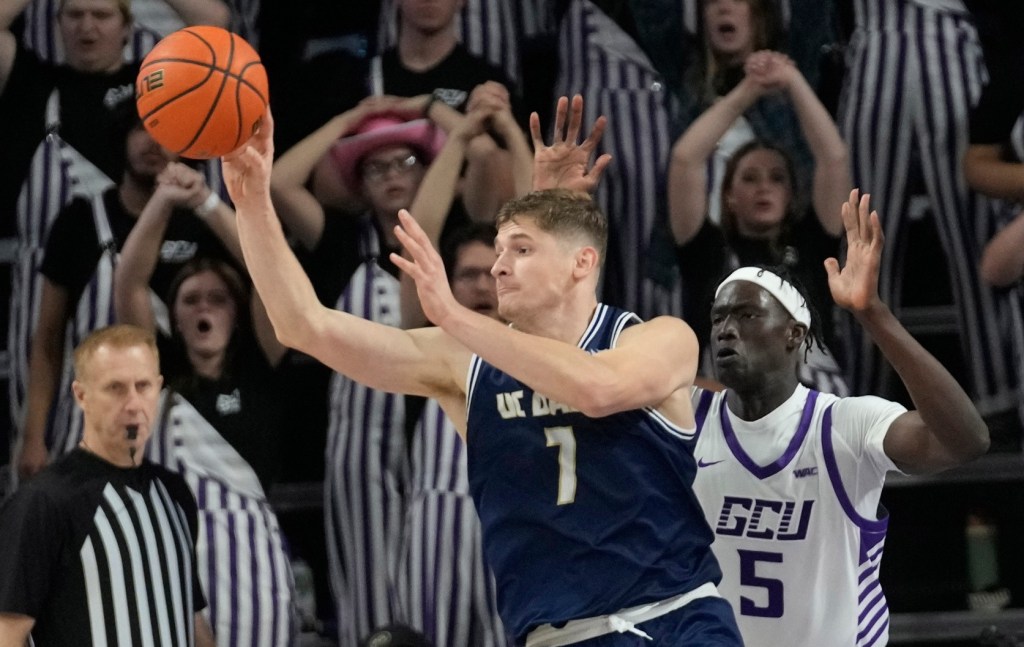Athletic departments are going to take a financial hit as a result of the economic fallout from the global spread of coronavirus.
But while the reduced NCAA and conference disbursements are top of mind on the immediate horizon, fundraising and sponsorship revenue drops loom large in the long term, especially at larger institutions.
In a recent survey of more than 100 FBS athletic directors, 75% of athletic directors saw donations as the most at-risk revenue stream for the 2020-21 fiscal year. Ticket sales, which are often tied to fundraising in the college space, and revenue from in-person events were a close second at 74%.
“You have two types of uncertainty: uncertainty in the world and the financial markets which impacts the personal lives of donors – health, finances, stock market, the economy – and then on the second side you have the uncertainty of collegiate athletics in general,” Jesse Marks, executive director of the Miami Dolphins Foundation and former University of Miami fundraiser, said. “Uncertainty is not good for fundraising, that’s the bottom line. And then you throw in this pandemic on top of it, and it’s going to create a period of time where it’s pretty much-uncharted territory.”
The uncertain status of the fall college football season contributes to that as substantial amounts of annual giving are tied to season ticket sales and renewals. There are also the connected donor events to those games, especially among the Power Five programs. Fundraising is also commonly connected to capital projects, an area that could be hard hit amid the ongoing college athletics facilities arms race.
“So whenever decisions are made relative to the upcoming football season, that’ll impact where people pick up on their giving, or they don’t pick up on their giving,” a Power Five athletic director said. “Right now, we’re marginally behind where we were last year, but that number is going to keep dropping as people obviously are changing what they’re focused on right now.”
READ MORE: NCAA’s NIL Struggle Resurfaces Amid Shrinking Budgets and Uncertain Timelines
Declining donations are especially concerning in larger athletic departments, an AD who wished to remain anonymous said, as many need to maintain “a 90% season ticket renewal rate, but you’re already seeing 20-30% market hits impacting more than 10% of your previous donors.”
“It’s that time-old notion that your best customer is your current customer,” the AD continued. “That 90% renewal rate is indicative of people renewing not only their season tickets but renewing their gift in terms of seat location and eligibility to purchase tickets. Those are the numbers that you’re really worried about going forward.”
The athletic director said the anticipated shrunken athletic department fundraising dollars would be one of the biggest hits to their projected revenue, outside of conference distribution.
“Some schools rely on donations more than others, but everybody uses those dollars,” Marks said. “From the donor side, nobody needs to give the money away. There are going to be a lot of other needs in this country other than college football and building facilities right now. It’s going to have a big-time effect, so I just hope for colleges they can get back to football sooner rather than later so they can avoid any major issues there.”
Even if football is played this fall, the ramifications could still extend beyond the upcoming season.
“The next piece of it is just having the understanding that every person, no matter what industry they’re in, is going to be hit,” another Power Five AD said. “So it’s what happens really after this fall, and how everyone’s economic situation at home is going to impact what philanthropic decisions they make going forward and what’s going to be important to them.”
What’s important to donors depends on the person, but also on the project or program.
“Everybody – and every donor – is different,” Marks said. “If you still have a really compelling project or you’re really tied into the school, you’re still going to make your annual commitment. Maybe at a lower level, but in the end, if you don’t have the money anymore or there are other pressing needs, you’re going to have to decide what’s important.”
Most current large-scale capital projects on campuses are at least partially donor funded. Some schools, like Pittsburgh, used debt to finance a project to get it off the ground as gifts are gathered, while others, like Maryland, invested money from the athletic department into new projects to supplement the funds raised. Both approaches are taking a financial toll on their respective universities.
A Power Five athletic director noted that the economic impact of the pandemic could alter the way these projects are funded moving forward.
“That could be a change too,” the same AD said. “For a lot of these schools now, because everyone may be hurt in the short term, you’ll probably see more construction projects only going forward on campuses unless you’re 100% funded through donations.”
READ MORE: ADs Say Smaller Schools Better Suited To Weather Coronavirus Fallout
And while project funding may become less flexible, larger institutions could become more flexible in terms of deadlines and approaches for working with individual donors. Fundraisers and institutions, however, will have to get creative with the ways they continue to do that without the ability to make face-to-face contact – a key, Marks, and ADs say, to securing successful gifts.
“Typically your strategies would be to stay in front of your donors, to continue to build relationships with them, but the opportunities to get in front of your donors are really phone calls, text messages, [and] personal notes, so you’re just really limited,” a Group of Five athletic director said. “Your main strategy has always been boots on the ground. Giving is still a relationship-based world. So it is one of the great unknowns because when you look at where college athletics make their money: it’s conference distribution, it’s ticket sales, it’s corporate sponsorship, and it’s fundraising. And all four of those buckets are going to take a hit.”
To mitigate the hit in at least one of those buckets, Marks said the key is going to be those relationships.
“It’s a beautiful time to make initiative contact,” Marks said. “Reach out, text, call, FaceTime with supporters. The fundraisers in the college space are among some of the best relationship builders I have ever been around, and our donors in that space genuinely enjoy being around them. Those relationships are going to be even more important right now. What it boils down to is, are the donors giving this money because they really enjoy supporting a scholarship or a student-athlete or because they enjoy the hospitality they’re receiving? You don’t know that unless you have a relationship with them.”
That uncertainty extends beyond individual donors too. It has infiltrated the financial future of the global economy, something that departments of all sizes will feel.
“In the short term, there will be some degree of impact in our fundraising, but since a significant portion of the fiscal year has already happened, we’ve already raised a significant amount of that,” said an FCS AD who noted their department relies on philanthropy for 12% of its annual budget. “How much the fundraising activity is impacted in the future though will be telling. I think we’re looking at a multi-year impact here. I don’t think this is something; it gets flushed out of the system immediately.”
And while fundraising and development make up different portions of the revenue pie for different institutions, all will feel the impact. The shape that impact takes, in giving and within other revenue streams, and the decisions that will have to consequently be made could change the college landscape permanently, some believe.
“I think that this whole exercise will push the Power Five away from the rest of the rest of the conferences because of the economic disparity,” a Power Five AD guessed. “Because Alabama’s making decisions very differently than a non-football school. Can you imagine the disparity between Alabama, Ohio State and Clemson and the smallest Division I schools? They shouldn’t even be in the same conversation. Any issue that the Power Five is unified on typically gets passed, and it just shows you how much influence it has on the decision making – there’s not a one-size-fits-all solution for this.”
